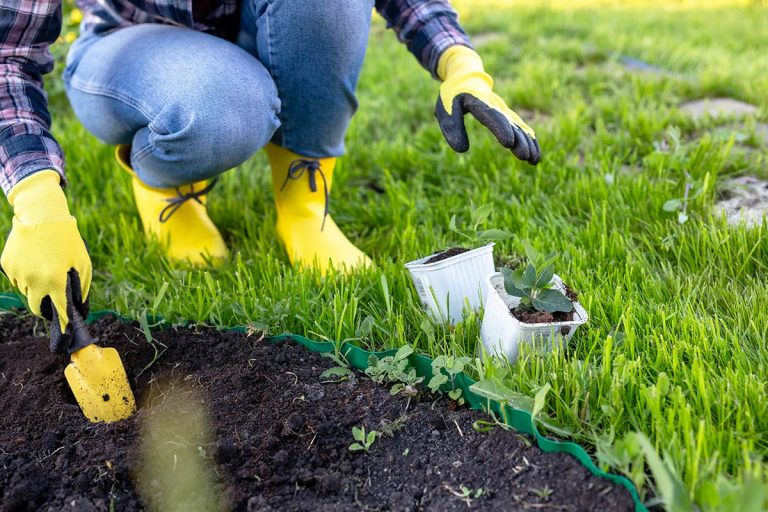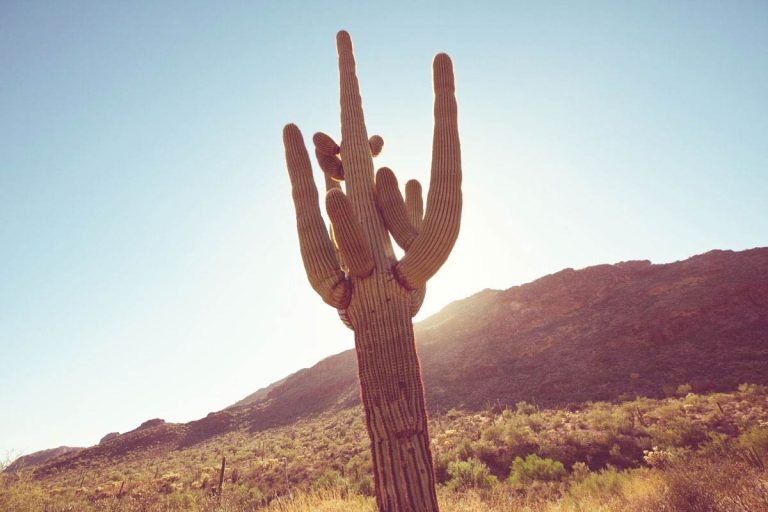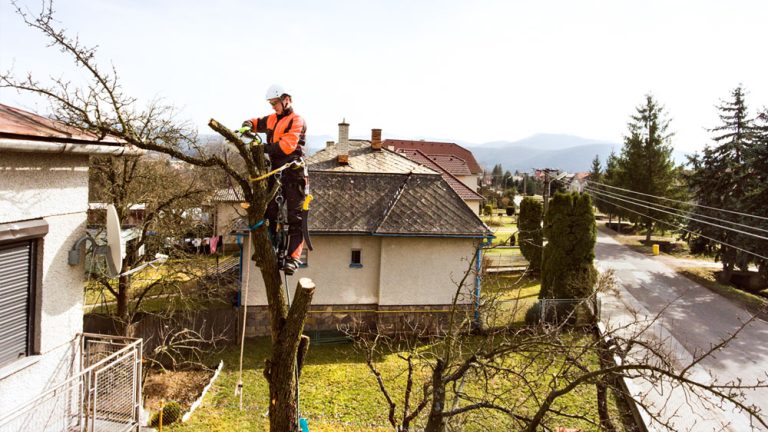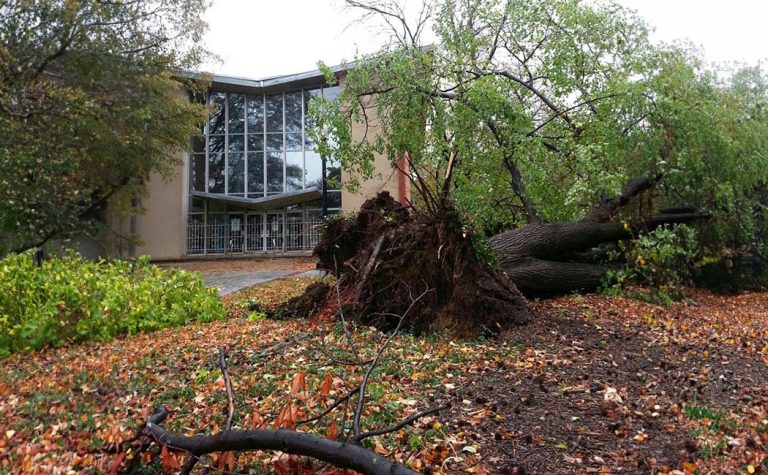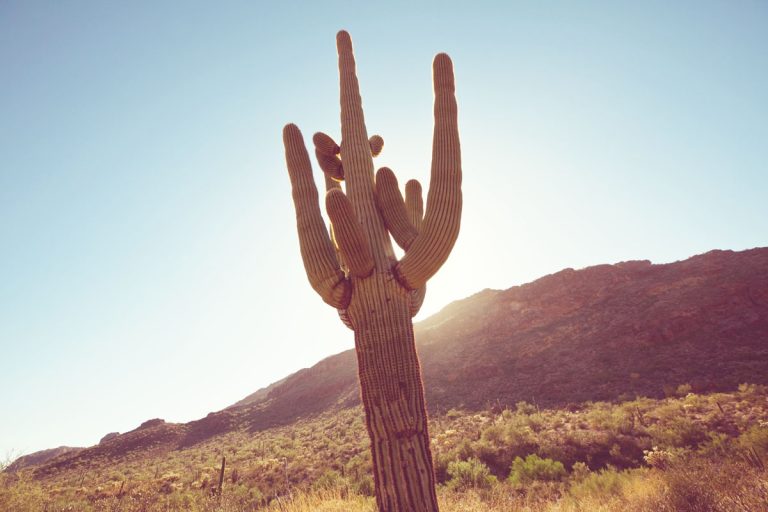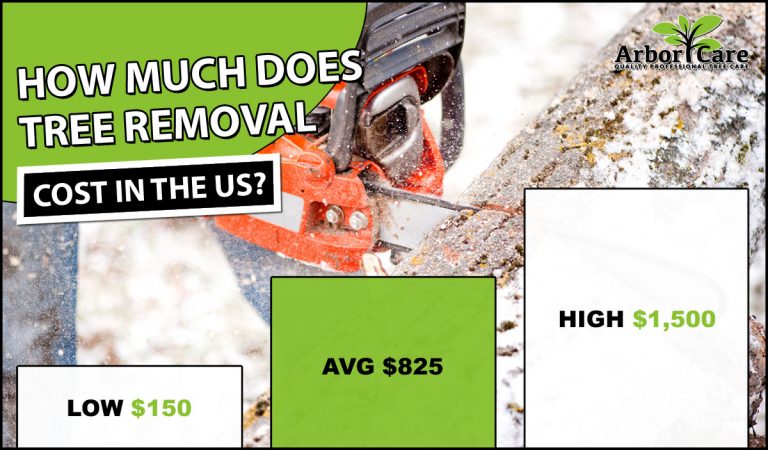What Trees Are Best To Remove in an Arizona Summer
In an Arizona summer, it’s generally not the ideal time to remove trees due to extreme heat, but if removal is necessary (e.g., for safety, construction, or disease), some tree types handle summer removal better—or are better candidates for removal due to their characteristics. 🌵 Best Trees to Remove During Arizona Summer These trees either:…

